ACUPUNCTURE FOR POST-STROKE THERAPY
Post-stroke acupuncture is a specialized branch of medicine. It is considered a hybrid science because it is a blend of modern neurology and classical acupuncture. Explained simply this therapy is acupuncture stimulation near the stroke damage. In China it is the standard of post-stroke care, and over ninety percent of its hospital patients receiving acupuncture are stroke survivors.
WHAT IS THE TREATMENT LIKE?
Needles are inserted under the scalp, so there may be a sensation of pulling, tightness or pain. After the needle insertion, a common reaction to the puncture is a heat sensation in the impaired area of the body. Other sensations may include tingling, cold or spasms. However, the treatments can still be productive without these sensations.
Stimulating the motor cortex is a modern explanation for this hemiplegia treatment.
HOW SOON CAN IMPROVEMENTS BE SEEN?
There is no uniform stroke recovery pattern, but patient and doctor usually know at the first treatment whether the acupuncture will improve the impairment. In some cases, the effects cannot be immediately measured and it could be days or weeks before the impact of the treatment is noticeable. However, the Chinese experience over the last thirty years demonstrates the treatments reestablish sensory and motor abilities significantly sooner than do conventional physical therapies. The Chinese hospital records also show a measurable benefit in over ninety percent of the patients.
HOW MANY TREATMENTS?
In China the average stroke patient with hemiplegia receives thirty treatments although some patients continue treatment as long as there is improvement. In America, patients receive treatments once or twice a week, but more aggressive approaches may consist of treatments every day. The number of treatments any patient needs depends on many factors. For best results the therapy should begin as soon as the patient has stabilized. However, substantial gains can be made at any stage of recovery.
THE RECOVERY IS A GROWTH PROCESS.
- All natural
- No drugs
- No surgery
- No side effects
WHY ARE SO MANY TREATMENTS NECESSARY?
Stroke patients are frequently in a weakened condition, and they cannot tolerate one massive stimulation. The post-stroke treatments must be delicately regulated at a level the patient can build upon. One view of this therapy is that it is more like gardening and, over several treatments, the doctor cultivates new patterns of sensation in the patient. The treatment is the cumlative effect of many small awakenings.
DOES POST-STROKE ACUPUNCTURE WORK?
Post-stroke acupuncture treatments help thousands of people every day in China. Here in the United States recent research has lead the American National Institutes of Health to conclude that acupuncture benefits stroke recovery (Washington Post, 1997). In the 1950′s, Chinese government researchers demonstrated that acupuncture treatments accelerate stroke rehabilitation and today the research has developed into well established hospital treatment plans. The Chinese medical schools even have special programs to train doctors with a mix of Western neuroscience and Eastern acupuncture. In America too, many health care providers now recognize the value of these treatments and include them with conventional therapy.
TESTIMONIAL:
Roy Wendelin, who was in an assisted living center, was unable to walk following a stroke. After three months of physical and occupational therapy as well as medication, there had been no progress. A patient of Dr. Zhang’s referred the case to him. At the first visit, Mr. Wendelin had zero degree paralysis in the right leg and three degree paralysis in the right arm. After only four visits (two weeks), Mr. Wendelin’s right leg was up to a three-degree paralysis. It went from completely immobile to the ability to life up, with the right arm nearing normal. After three months of acupuncture treatment, Mr. Wendelin was walking and was able to return to his home in June. His right arm is now functioning normally with no signs of paralysis.




